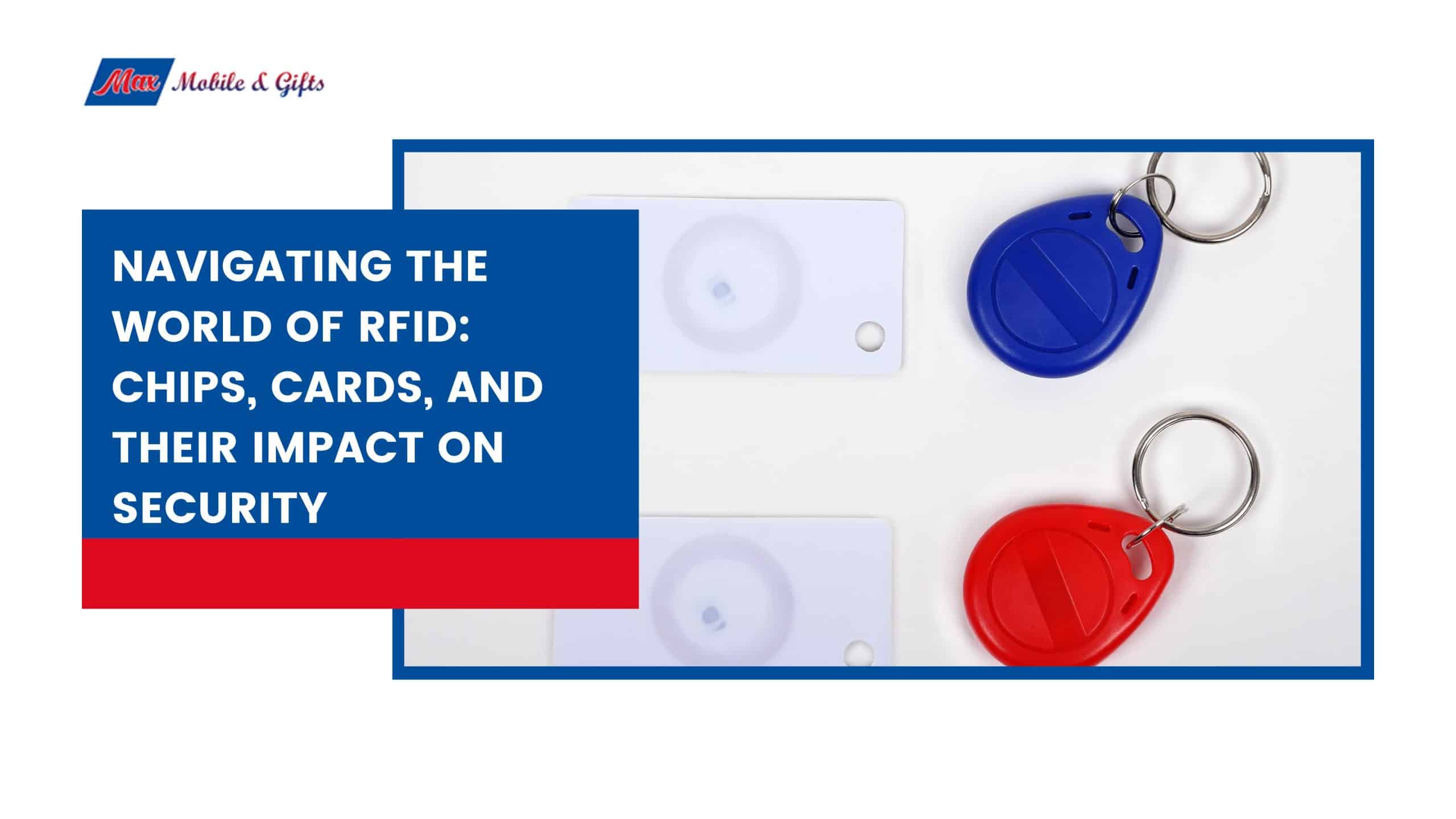Navigating the World of RFID: Chips, Cards, and Their Impact on Security
In an era where security breaches are a growing concern, Radio Frequency Identification (RFID) technology stands out as a beacon of hope for bolstering our digital and physical safety nets. But what exactly is RFID, and how does it influence the intricate tapestry of modern security systems? This in-depth exploration into RFID technology will guide tech enthusiasts, security professionals, and curious business owners through the evolving landscape of RFID, its components, and its burgeoning role in our lives.
Introduction to RFID Technology
Definition and Basics
RFID is a technology that uses radio waves for data transfer. It’s often likened to barcodes but is far more versatile. Comprising small chips that are attached to antennae, RFID tags can store and wirelessly relay information to RFID readers, enabling the rapid and often automatic identification of people, items, and assets.
Evolution and Current Applications
Once a marvel of futuristic technology, RFID has indisputably transitioned into a daily necessity. Its current applications are as diverse as they are impressive, from contactless payments and inventory management to passport authentication and livestock tracking.
RFID technology has evolved rapidly since its inception, becoming more affordable and pervasive. Today, it’s at the heart of smart cities, augmented retail experiences, and cutting-edge medical systems.
Understanding the Components
RFID Chips: How They Work
At the core of RFID technology are the RFID chip, or tags. These come in several types – passive, active, and battery-assisted passive (BAP). Passive tags draw power from the RFID reader’s signal to transmit information, while active tags are powered by a battery, providing a longer read range and more powerful signal. BAP tags combine the traits of passive and active tags.
RFID Cards and Their Variants
RFID card, such as key fobs and proximity cards, contain RFID chips. Contactless smart cards, for instance, have an embedded, secure microcontroller, which can be used to securely store and process data.
The Role of RFID in Modern Security
Access Control Systems
In modern buildings and facilities, RFID forms the backbone of sophisticated access control systems. Employees, visitors, and even vehicles equipped with RFID-enabled credentials can gain entry with a simple wave, making traditional keypads and locks seem antiquated.
Asset Tracking and Management
RFID revolutionizes asset tracking and management by offering real-time visibility and automated monitoring. Businesses harness RFID to locate and monitor the movement of high-value assets, manage inventory, and provide insights for more efficient supply chain logistics.
Navigating the Challenges and Concerns
Privacy and Data Security
One of the foremost concerns surrounding RFID technology is the issue of privacy and data security. The ability of RFID to track items and individuals, while a boon in many ways, raises serious questions about surveillance and unauthorized access to personal information.
The Future of RFID Technology
Emerging Trends and Innovations
The future of RFID is an exciting melange of emerging advancements and cross-industry integrations. Smaller, more powerful chips, and tagless RFID (which uses signals from the devices themselves to identify them) are just the tip of the iceberg.
Predictions for Integration in Various Sectors
RFID is poised to integrate deeper into various sectors, from healthcare and retail to entertainment and education. We might see RFID being used for personalized customer experiences, efficient warehousing, and even counterfeit prevention.
Tips for Implementing RFID Solutions
For organizations looking to implement RFID solutions, a stepwise and strategic approach is crucial. It’s important to understand the specific needs, costs, and ROI, as well as to ensure that any system is secure, with privacy safeguards in place.
Conclusion: The Ongoing Impact and Importance of RFID
Technological advancements like RFID continue to shape our world, promising to enhance convenience, boost efficiency, and fortify security. This multifaceted tool, when wielded with insight and responsibility, is a potent ally in the age-old battle to protect what matters most.
Reflected on this exploration, one thing is crystal clear – the RFID revolution is far from over. It’s an evolving narrative where each chapter is more tantalizing than the last, and its eventual tale could redefine our concept of the digital and physical spaces we inhabit.
Read more of our article related to Rfid technology:
How To Copy RFID Key Fob To iPhone And Android?
A Step-by-Step Guide to Copying Your RFID Key Fob to Your iPhone
Rfid tags a comprehensive guide and how do rfid tags actually work?




